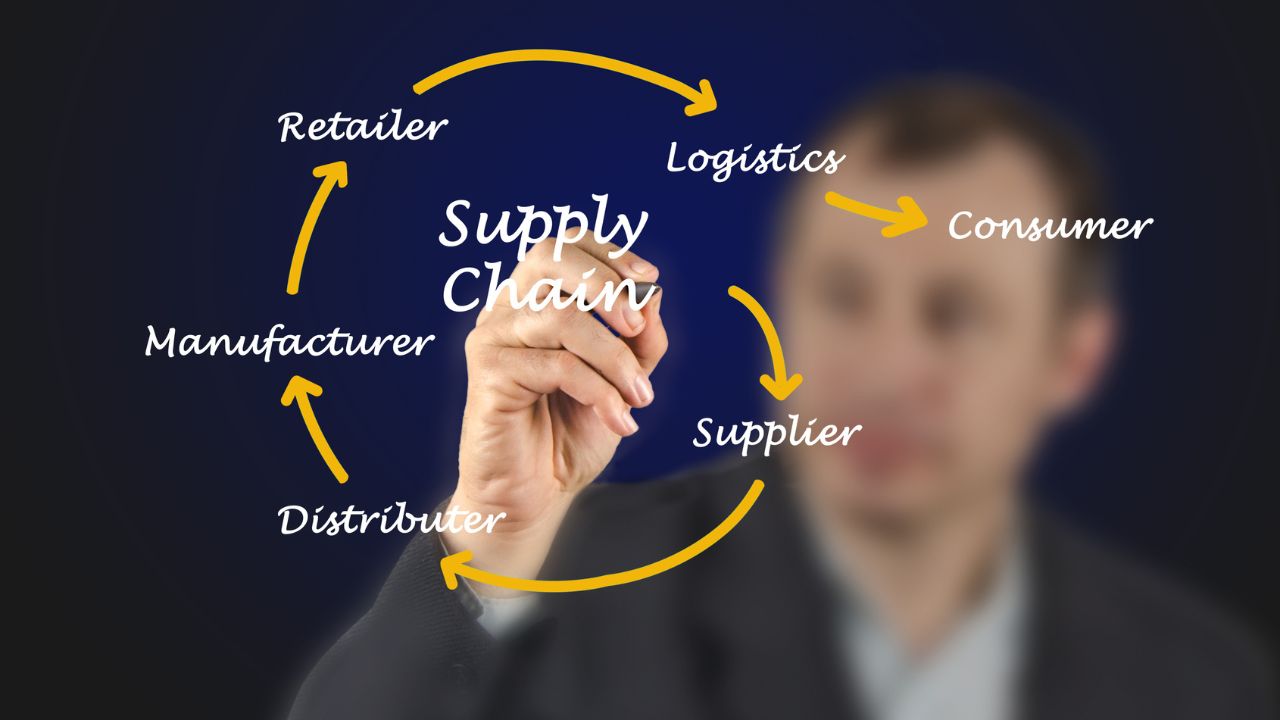Over the past two decades, the push for faster supply chain planning has intensified, driven by advancements in technology—from cloud computing to AI and machine learning. Software vendors are constantly refining their algorithms, seeking quicker performance.
Yet, despite these efforts, faster supply chain planning hasn’t translated into better decisions, improved performance, or greater agility. Planning teams remain overworked, running outdated processes more quickly but without substantial value. Speed, after all, means little if the underlying process is flawed. For instance, reducing a batch process from 12 hours to 8 doesn’t lead to true supply chain agility when much of the planning occurs outside enterprise tools.
When considering new supply chain planning solutions, it’s essential to look beyond speed. Here are the top four capabilities you should prioritize:
1. Improved Scenario Planning
Scenario planning is critical in today’s volatile environment, yet planners often spend too much time manually creating scenarios rather than analyzing them. Worse, these scenarios can either be too detailed or too broad to provide actionable insights. Instead of focusing on speed, seek tools that automate scenario creation, simulate a range of variables, and offer recommended actions based on business goals.
2. Productized and Explainable AI/ML
AI and machine learning are game-changers for supply chain planning—but they’re not foolproof. Models must be scalable to handle global operations and secure against cyber threats. Most importantly, they need to be explainable. If planners can’t trust the AI’s recommendations, they won’t adopt the technology fully. Look for solutions that integrate rigorously tested, productized AI and ML, ensuring transparency, performance, and security.
3. Enhanced Planner Experience
Planners are under immense pressure, and working outside enterprise tools only adds to the workload. Exporting data to spreadsheets for further analysis wastes valuable time. The right planning solution should include embedded analytics, enabling planners to analyze performance, create contingency plans, and manage tasks within the same platform. Evaluate AI tools for their domain expertise, source attribution, and security to ensure planners can trust the technology.
4. End-to-End Supply Chain Planning
Modern supply chains are too complex for siloed, sequential planning processes. Building resilience requires a holistic, end-to-end approach that breaks down silos and enhances collaboration across the organization. Look for a solution with a unified data model that supports real-time decision-making and allows seamless collaboration across stakeholders, from the boardroom to the factory floor.
Supply chain teams have navigated extraordinary disruptions, but the mounting pressure is unsustainable. To move forward, companies need to rethink their processes and adopt technology that supports these changes. New supply chain planning solutions should provide intelligent automation, strong AI/ML foundations, and an improved planner experience.
Faster isn’t always better. To explore comprehensive supply chain planning capabilities, download our eBook and assessment checklist.







